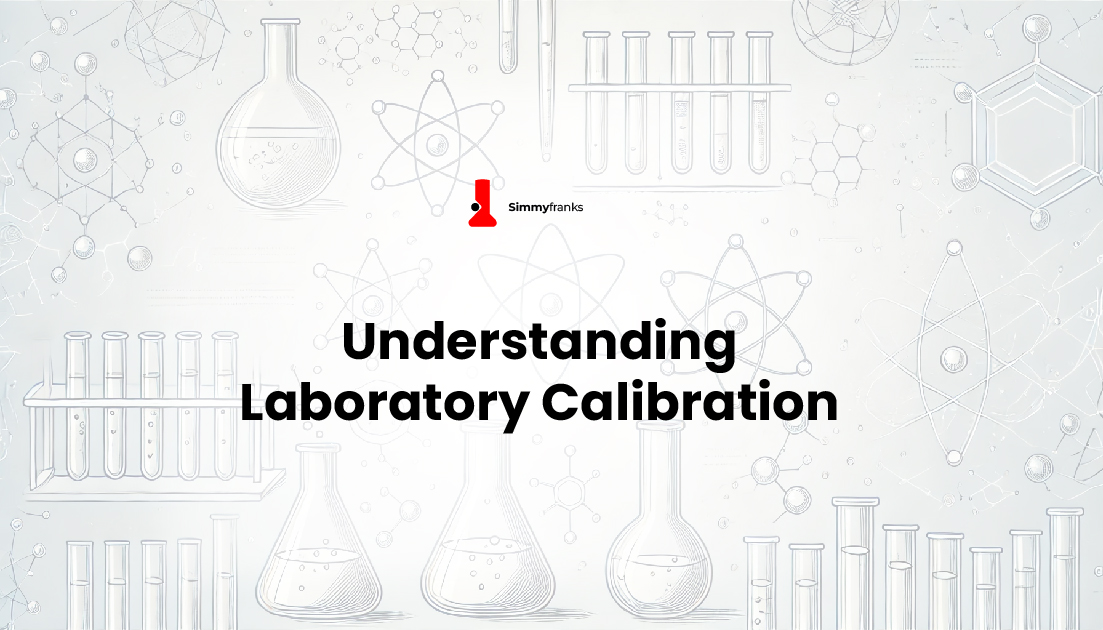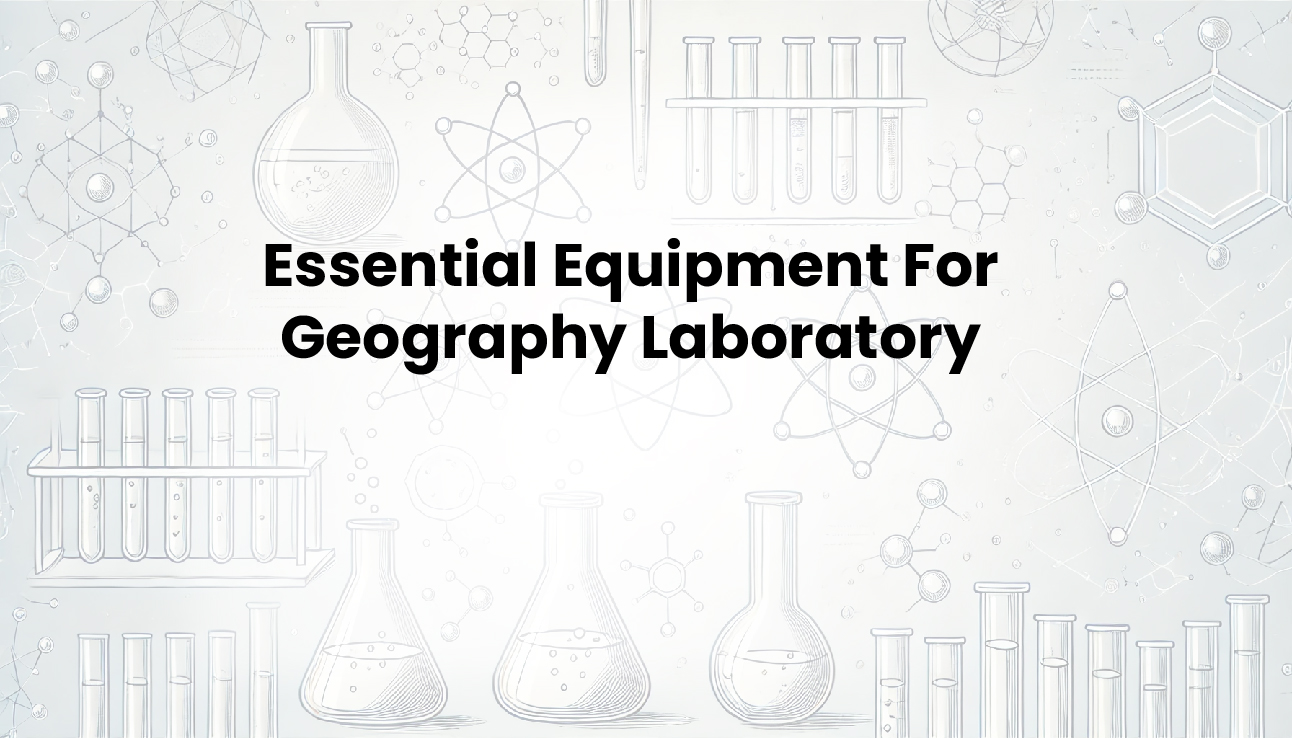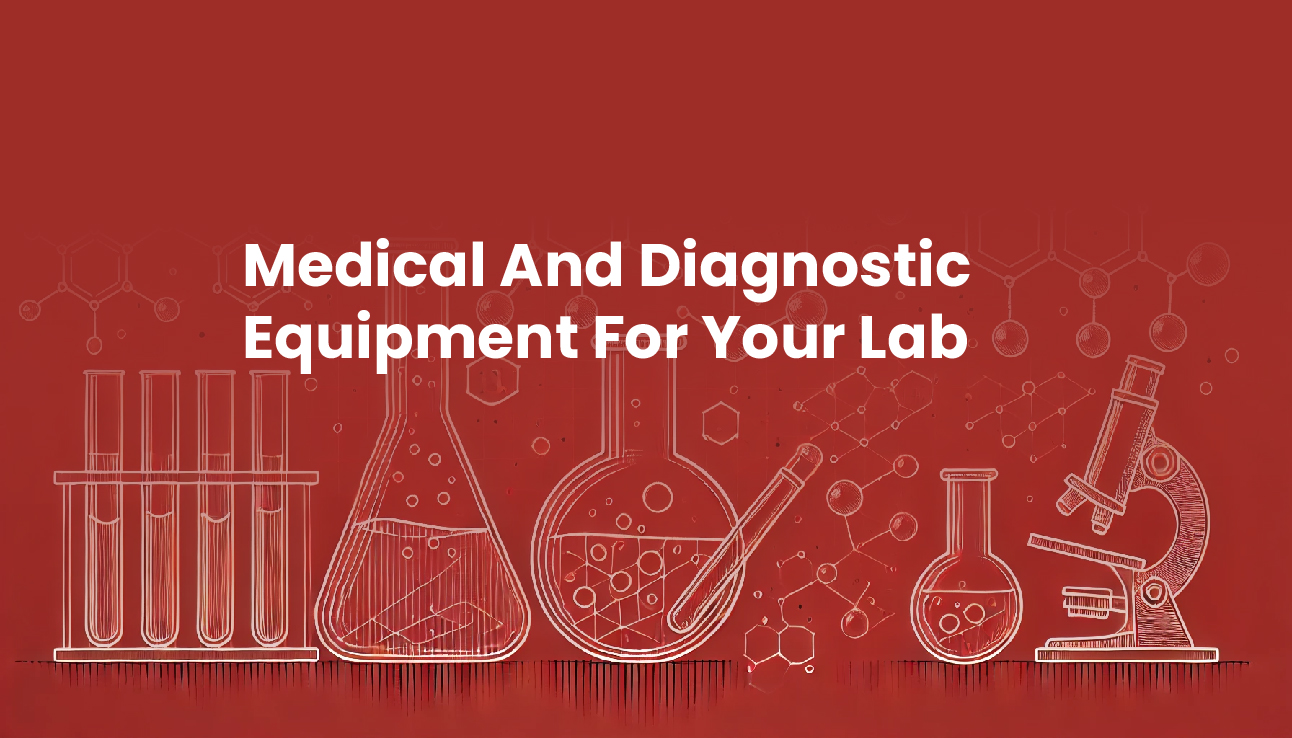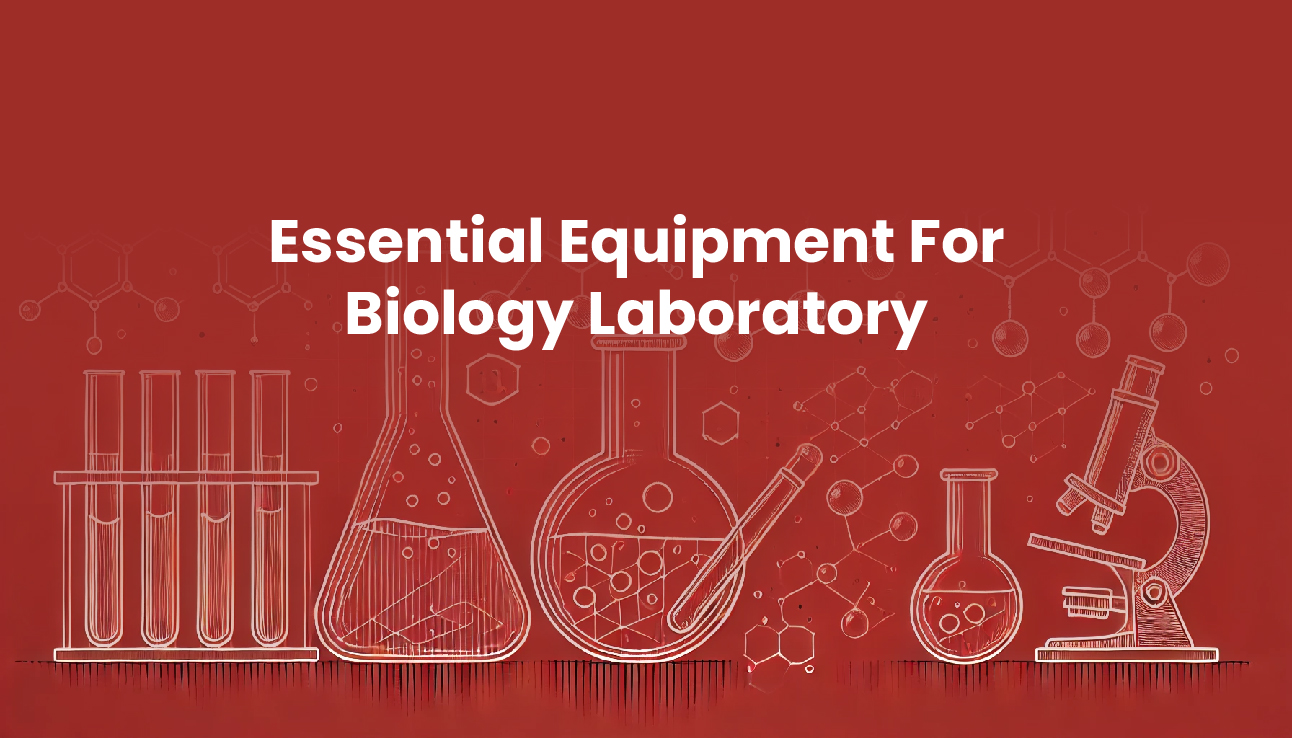Food science laboratories are the backbone of the food industry, ensuring our food’s safety, quality, and nutritional value. To achieve this, food scientists rely on a wide range of specialized equipment to test, analyze, and evaluate various aspects of food.
In this article, we will highlight the essential food science laboratory equipment, their uses, and applications.
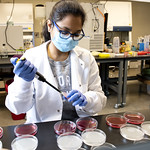
Microbiology Analysis Equipment
1. Autoclaves:
Autoclaves are used to sterilize equipment and media in food science laboratories. They are crucial for preventing contamination and ensuring the accuracy of test results.
2. Incubator:
Incubators are used to maintain a controlled temperature for the growth of microorganisms in food samples. They are essential for conducting microbiological tests and determining the presence of pathogens in food products
3. Microscope :
Microscopes are used to examine food samples at a microscopic level. They are essential for identifying microorganisms, contaminants, and other particles in food products.
4. Petri dish and culture media:
Cultivation and development of microorganisms for identification and studies. Culture media aid the detection of harmful microorganisms such as salmonella and E.coli.
Chemical Analysis Equipment
1. Spectrophotometer:
Spectrophotometers are used to measure the absorption of light by food samples. They are commonly used to analyze the color, flavor, and nutrient content of food products.
2. Chromatography instruments:
Two methods of chromatography are used in the food science laboratory. They are gas chromatography and high-performance liquid chromatography.
Gas chromatography is used to separate and analyze volatile compounds in food samples. They are crucial for determining the flavor compounds in food products and detecting contaminants.
High-performance liquid chromatography (HPLC) systems are used to separate and analyze compounds in food samples. They are essential for quantifying nutrients, additives, and contaminants in food products.
3. pH meter:
pH meters are used to measure the acidity or alkalinity of food samples. They are crucial for determining the pH levels of various food products, which can affect their taste, texture, and shelf life.
4. Centrifuge:
Centrifuges are used to separate components of food samples based on their density. They are commonly used to separate solids from liquids or to extract fats from food products.
Physical Testing Equipment
1. Texture analyzer:
In a food science laboratory, a texture analyzer is used to measure the physical properties of food such as: texture, firmness, chewiness, elasticity, and adhesiveness.
A texture analyzer helps food scientists to: Understand consumer preferences and acceptance, improve food product development and reformulation, enhance food quality and safety, and support sensory panel testing and consumer research
2. Rheometer:
A rheometer in a food science laboratory measures the flow behavior, texture, and consistency of foods.
It’s used to: optimize food processing, develop new products with desired textures, ensure consistent product quality, and study food microstructure and its relationship to rheological properties
3. Colorimeter:
In a food science laboratory, a colorimeter is used to: measure color intensity and changes, evaluate color consistency and detect adulteration, ensure quality control and verify color specifications, and support research and development of new food products
Colorimeters measure color in various ways, including Hunter Lab, CIE Lab, and RGB values. By using a colorimeter, food scientists can ensure consistent product appearance, optimize processing and storage conditions, and develop new products with desired color profiles.
4. Moisture analyzer:
Determine the percentage of water in food samples. This also aids in the monitoring of moisture percentage in food during processing and storage to ensure the quality, safety, and stability of food products.
Sensory Evaluation Equipment
1. Sensory panel and booths:
Conduct sensory tests with trained panelists.
2. Descriptive analysis software:
Record and analyze sensory data.
3. Hedonic testing equipment:
Measure consumer preferences and likes.
Additional Equipment
1. Thermometer:
Measure temperature during processing and storage of food and food-related substances.
2. Thermostatic water bath:
Water baths are used to maintain a constant temperature for heating or cooling food samples. They are essential for conducting experiments that require precise temperature control.
3. Freezers and refrigerators:
These are used to store food samples at a controlled temperature to maintain their quality and integrity. Freezing and refrigerating microorganisms preserve them for future studies or analysis.
4. Laboratory balance:
Analytical balances are used to measure the mass of samples with high precision. They are essential for accurately weighing ingredients and samples in food analysis.
Get Your Laboratory Equipment From SimmyFranks
SimmyFranks is a leading supplier of laboratory equipment. We offer a wide range of high-quality products to satisfy all your scientific needs. With a commitment to providing excellent customer service and competitive pricing, SimmyFranks is your go-to shop for all your laboratory equipment.
Visit our shop or contact us at 200 Aba Rd, opposite Hotel Presidential Rumuola, Port Harcourt, Nigeria
Let us be your trusted partner in scientific research and development.
Food Science Laboratory Equipment List and Uses: FAQ
1. What are some common types of equipment used in food science laboratories?
Some common types of equipment used in food science laboratories include balances, pH meters, spectrophotometers, autoclaves, incubators, and microscopes. These tools are essential for measuring, analyzing, and observing various properties of food samples.
2. What is the purpose of a balance in a food science laboratory?
Balances are used to measure the weight of food samples with precision and accuracy. This is important for determining the composition, density, and other physical properties of food products.
3. Why is a pH meter important in a food science laboratory?
A pH meter is used to measure the acidity or alkalinity of food samples. This information is crucial for determining the safety, quality, and shelf life of food products.
4. How is a spectrophotometer used in food science laboratories?
A spectrophotometer is used to analyze the color, transparency, and other optical properties of food samples. This information is important for assessing the appearance, freshness, and quality of food products.
5. What is the role of an autoclave in a food science laboratory?
An autoclave is used to sterilize equipment, media, and samples in a food science laboratory. This is essential for preventing contamination and ensuring the accuracy of test results.
6. Why are incubators used in food science laboratories?
Incubators are used to provide controlled temperature and humidity conditions for growing microorganisms in food samples. This is important for studying the growth, metabolism, and other biological activities of bacteria, yeast, and molds in food products.
7. How are microscopes used in food science laboratories?
Microscopes are used to observe and analyze the structure, texture, and composition of food samples at a microscopic level. This information is important for identifying contaminants, pathogens, and other microorganisms in food products.


